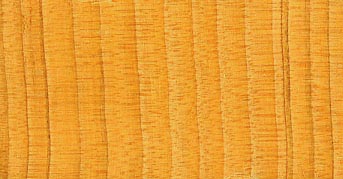
Back Mezora German Metzora French פרשת מצורע HE Metzora (parsyah) ID Metzora Italian Metzora (parsyah) JV Мецора Russian פרשת מצורע YI

Metzora, Metzorah, M'tzora, Mezora, Metsora, M'tsora, Metsoro, Meṣora, or Maṣoro (מְצֹרָע—Hebrew for "one being diseased," the ninth word, and the first distinctive word, in the parashah) is the 28th weekly Torah portion (פָּרָשָׁה, parashah) in the annual Jewish cycle of Torah reading and the fifth in the Book of Leviticus. The parashah deals with ritual impurity. It addresses cleansing from skin disease (צָּרַעַת, tzara'at), houses with an eruptive plague, male genital discharges, and menstruation. The parashah constitutes Leviticus 14:1–15:33. The parashah is made up of 4,697 Hebrew letters, 1,274 Hebrew words, 90 verses, and 159 lines in a Torah Scroll (סֵפֶר תּוֹרָה, Sefer Torah).[1]
Jews generally read it in April or, rarely, in early May. The lunisolar Hebrew calendar contains up to 55 weeks, the exact number varying between 50 in common years and 54 or 55 in leap years. In leap years (for example, 2024 and 2027), parashah Metzora is read separately. In common years (for example, 2025, 2026, and 2028), parashah Metzora is combined with the previous parashah, Tazria, to help achieve the needed number of weekly readings.[2]
- ^ "Torah Stats for VaYikra". Akhlah Inc. Retrieved October 6, 2023.
- ^ "Parashat Metzora". Hebcal. Retrieved April 9, 2016.